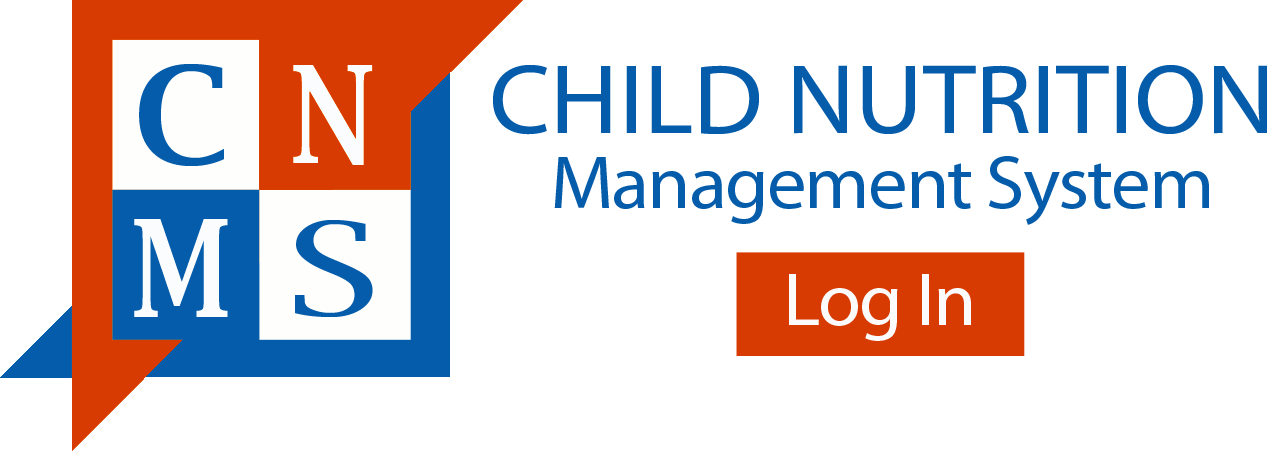Direct verification is a method that can be used to confirm eligibility for verification. Direct verification uses records from public agencies to verify assistance program participation which can help reduce the burden upon families and eliminate non-responders. Results of Direct Verification must be reported on the School Food Authority Verification Collection Report.
SFAs are not required to conduct direct verification but are encouraged to utilize this method. Direct verification was put in the federal law to make it easier for eligible families to retain benefits and is an excellent means to address the non-response rates of households selected for verification. It is not an opportunity to run a computer check for all children in your school. Direct verification should be used only to check students selected in your verification sample.
Direct verification must be conducted prior to contacting the household for documentation. Direct verification can be used for the sample selected for verification via the error prone method, the random sample, or the focused sample. SFAs must have security measures to ensure the confidentiality of the information.
SFAs will conduct the direct verification process by using the Direct Certification Matching Process (DCMP) data. Direct certification electronic records will provide data for the current school year through October and will be available to authorized users of the New York State Student Identification System (NYSSIS).
To directly verify students using the direct certification matching system SFAs must:
- Have a username and password to access the SED Business Portal with entitlements to the NYSSIS system
- Search the direct certification data by last name or date of birth for a specific student that was selected for verification
- If the student is found on the list, the student is eligible for free meal benefits. Verification is considered complete and further documentation is not needed from the family to confirm eligibility.
- If the student is not found on the direct certification list, you must continue verification efforts. You must notify the family that they have been selected for verification and request documentation to confirm eligibility.
- Keep a record of directly verified students on file for 3 years plus the current year.
Verification of eligibility for households that provided an Assistance Program case number on the application may also be accomplished by submitting a list of names and Assistance Program case numbers to the local SNAP or assistance office for confirmation of certification of receipt of benefits from agency records. Please see Attachment B for the prototype letter that may be used.
If information provided by the public agency does not verify eligibility or if you are not able to find the student through the direct certification matching data, the SFA must proceed with regular verification activities. The SFA must complete direct verification immediately following the October 1 verification sample selection, so that households not directly verified can be contacted for verification information in a timely manner.
If information obtained through this process verifies that the household is participating in an assistance program no additional verification is required. The eligibility status of the child or children listed on the application is considered verified and a letter informing the household of its selection for verification is not required.
When an application is selected for verification and, prior to hearing back from the household in question, that household is found on a direct certification list, the application does not have to be replaced in the verification sample pool. The application would be marked as a direct certification in the appropriate box in Section 3 of the verification collection report. SFAs should include these applications in Field 5-5 (Number of applications selected for verification) of the verification collection report and indicate the number of these applications that are being converted to direct certification in the remarks portion of the verification collection report.




